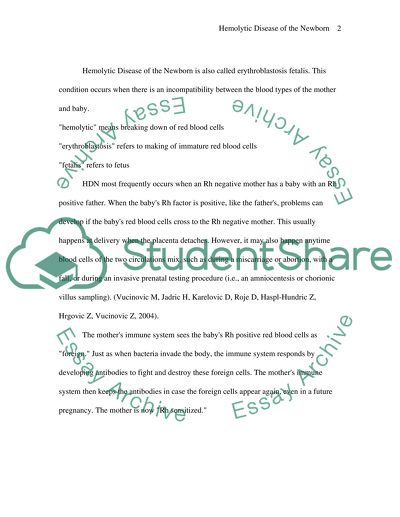Cite this document
(“Critical review of haemolytic disease of the newborn Essay”, n.d.)
Critical review of haemolytic disease of the newborn Essay. Retrieved from https://studentshare.org/miscellaneous/1507185-critical-review-of-haemolytic-disease-of-the-newborn
Critical review of haemolytic disease of the newborn Essay. Retrieved from https://studentshare.org/miscellaneous/1507185-critical-review-of-haemolytic-disease-of-the-newborn
(Critical Review of Haemolytic Disease of the Newborn Essay)
Critical Review of Haemolytic Disease of the Newborn Essay. https://studentshare.org/miscellaneous/1507185-critical-review-of-haemolytic-disease-of-the-newborn.
Critical Review of Haemolytic Disease of the Newborn Essay. https://studentshare.org/miscellaneous/1507185-critical-review-of-haemolytic-disease-of-the-newborn.
“Critical Review of Haemolytic Disease of the Newborn Essay”, n.d. https://studentshare.org/miscellaneous/1507185-critical-review-of-haemolytic-disease-of-the-newborn.


